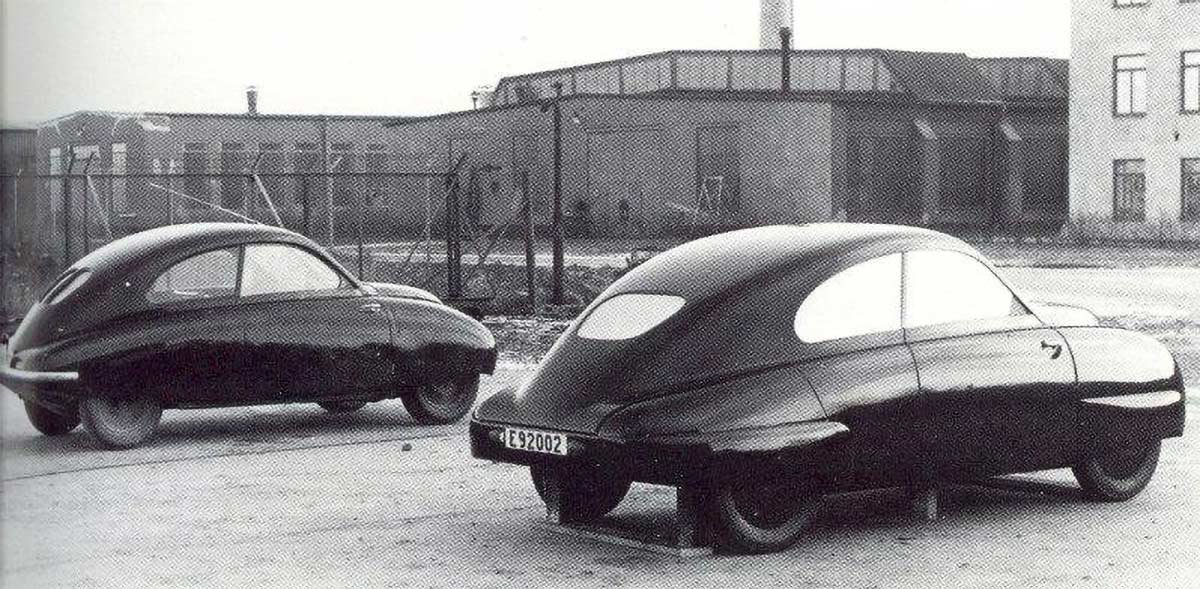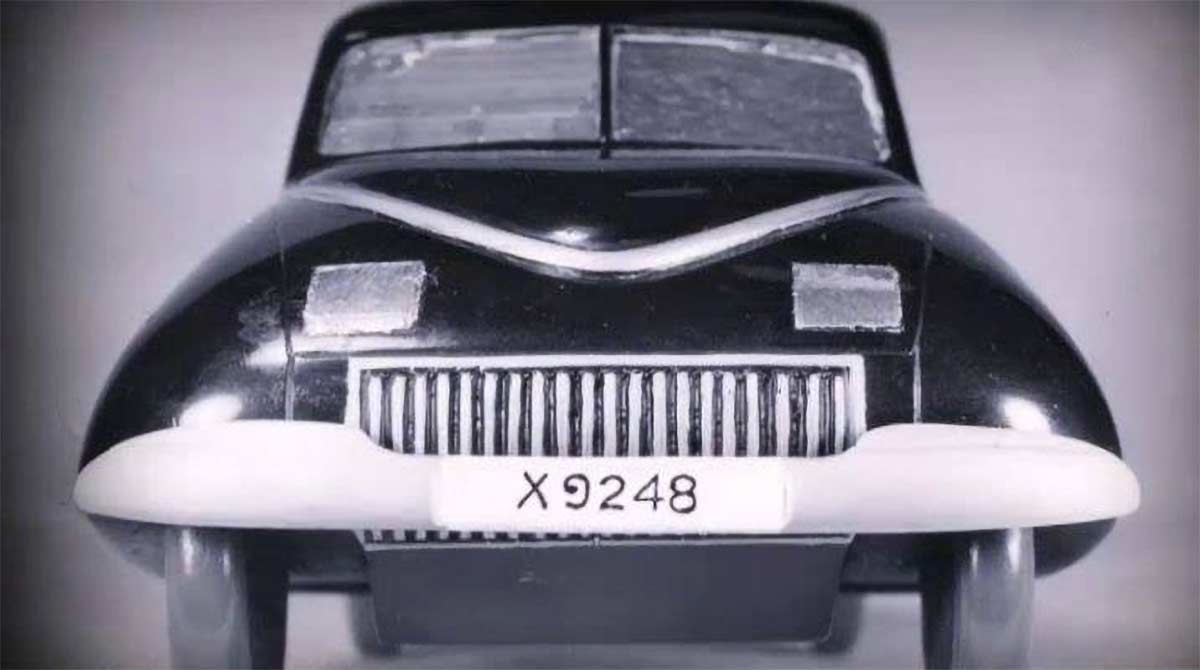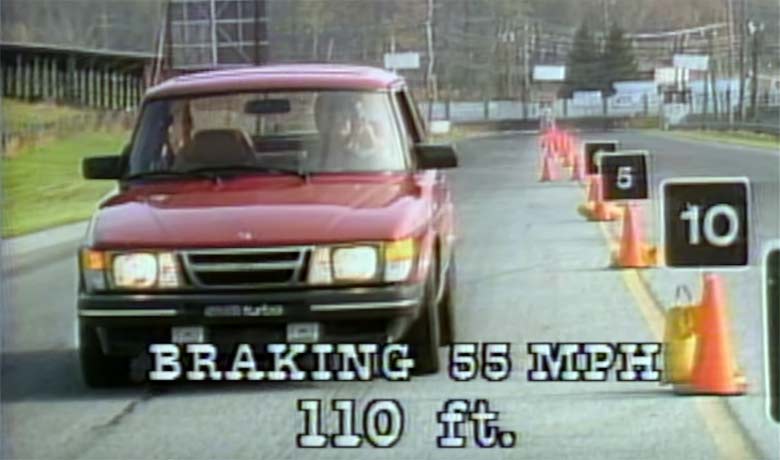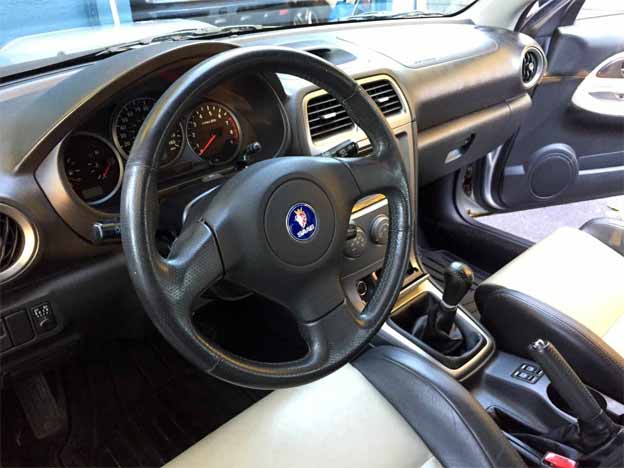NEVS, the company that acquired Saab, has uncovered a hidden treasure trove of sketches and materials from the former development center of Saab. The sketches and materials offer a unique insight into the history of the iconic Swedish car manufacturer. The materials have been found as Nevs is in the process of moving out of the building it has occupied since the mid-1980s. The collection of materials includes an extremely detailed sketch of a car, signed by Sason and dated 1933, as well as a full-scale drawing of an instrument panel for a Saab 99.
Frank Smit, the technical director at Nevs, said that the preservation of the sketches and materials is a testament to the company’s commitment to the Saab brand and its heritage. He added that the materials had been stored in the building for years and were only being discovered now because of the company’s move.
The discovery of the sketches and materials has excited Saab enthusiasts and fans of automotive history. Peter Bäckström, the curator of the Saab Museum, described the collection as “a whole new dimension.” He said that the museum already had a large collection of Saab materials, but the newly discovered collection was on a different scale altogether.
The collection of materials includes personal sketchbooks from several well-known Saab designers, including Sixten Andersson, who hailed from Skövde and had his own design firm, Sason Design. The materials also include sketches from the 1930s until Saab’s bankruptcy eleven years ago. Some of the sketches are for models that were planned in collaboration with General Motors.

Table of Contents
“Swedish People’s Car for 1,500 Kronor”
One of the most intriguing items in the collection is an article from a Swedish newspaper from 1934 that describes a “Swedish People’s Car for 1,500 Kronor” and includes accompanying sketches. The article is an early example of Saab’s commitment to producing affordable, high-quality cars for the masses.
The challenge now for the Saab Museum is to find a suitable place to store the newly discovered materials. The museum is also considering ways to display the materials to the public. Peter Bäckström suggested that an exhibition in a local art gallery could be a possibility.
These materials, dating back to the 1930s, provide a fascinating glimpse into the company’s history, including its collaboration with General Motors (GM) on the 266 project. Although the project was never completed, it served as a predecessor to the 94X and is now shedding light on the early stages of Saab’s development process.
Pernilla Birgersson, a member of Nevs design department and former Saab employee, describes the excitement of uncovering these lost designs. The materials reveal not only the company’s history, but also the innovative thinking and design skills of Saab’s past employees. The sketches include a Svensk Folkvagn for 1,500 kroner, an early concept that was illustrated in a newspaper article from 1934.
The importance of preserving (SAAB) automotive history
The discovery of the sketches and materials has highlighted the importance of preserving automotive history. The Saab Museum and other automotive museums around the world play an essential role in preserving the heritage of the automobile. The newly discovered materials from Saab are a reminder of the creativity, innovation, and hard work that went into producing one of Sweden’s most iconic brands.
The discovery of the sketches and materials is also a reminder of the importance of valuing and preserving our industrial heritage. The former development center of Saab is a reminder of the important role that the company played in the economic and social development of Sweden. The preservation of these materials is not just important for automotive enthusiasts but for all those who value the history of industry and innovation.
A unique insight into the history of Saab
The discovery of the sketches and materials from Saab’s former development center is an exciting development for Saab enthusiasts and fans of automotive history. The collection of materials offers a unique insight into the history of Saab and its commitment to producing affordable, high-quality cars for the masses.
The challenge now is to find a suitable place to store and display the materials so that they can be appreciated by future generations. The discovery of the materials is also a reminder of the importance of preserving our industrial heritage and valuing the role that companies like Saab played in shaping the economic and social development of our societies.












Very futuristic looking….as if the pictures are from a long time from now!
EXACTLY. I HAVE PEOPLE HERE IN SACRAMENTO CALIFORNIA THAT ARE ALWAYS QUESTIONING ME REGARDING MY “BRAND-NEW/MINT CONDITION LOOKING” 2011, 9-5, XWD, INLINE-6 TURBO, NOT TO MENTION MY 2011 INLINE-4 TURBO 9-5. THEY THINK AND BELIEVE THAT SAAB HAS REBOUNDED AND IS BACK. ME, I SIMPLY TELL THEM….IT IS!
Exactly! We all know the true driving excellence!
9-5’s never had an inline 6, 9-7’s did.
9-5’s never had an inline 6, 9-7’s did.
This is a very exciting discovery for SAAB fans! I am pleased to hear about it. I have one of the 524 or so 2010 SAAB 9-5 NGs…it has been a great car and I intend to keep it as long as I can keep my wife from seeing the repair bills. As a person mentioned earlier in this stream — it has an excellent driving experience and the turbocharged V-6 just loves to run.